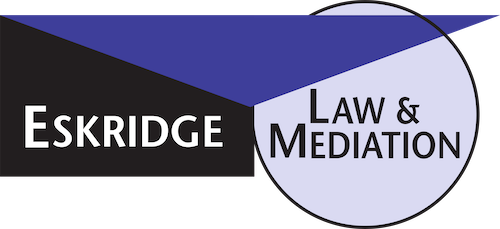August 14, 2018
On July 17, 2018, a cook at a Pasadena rehab center received $75,000 in settlement from her employer arising from her claims of discrimination based on national origin, age, and perceived disability. The cook, a 64-year-old Latina, alleged that the management made comments about Latinos not liking to prosper and all being immigrants, said that she was going to fall, get hurt, and sue the company (alluding to her age and perceived disability), intimidated her by throwing things and physically assaulting her, disrupted her work, subjected her to unwarranted discipline, and terminated her employment in order to replace her with a younger, white man. Around the same time, the employer terminated the employment of three other older Latina cooks and replaced them with employees under 40 years of age.
California’s Department of Fair Employment and Housing (“DFEH”) investigated the matter and provided legal counsel on behalf of the cook, resulting in the settlement. In addition to the $75,000 payment, the employer agreed to develop and distribute a written anti-discrimination policy, post DFEH posters at the workplace regarding workplace harassment and discrimination, provide fair-employment training to its management and employees for five years, and report all complaints of discrimination, and the resolution of those complaints, to the DFEH for five years.
The California Fair Employment and Housing Act (the “FEHA”) prohibits discrimination and harassment against an employee based on the race, religious creed, color, national origin, ancestry, physical disability, mental disability, medical condition, genetic information, marital status, sex, gender, gender identity, gender expression, age (if 40 or over), sexual orientation, or military/veteran status of any person. [Gov. Code § 12940, et seq.]
Employment discrimination occurs when someone in the workplace (“Employer”) treats different employees differently on the basis of a protected category above while performing acts that are part of Employer’s job. Workplace harassment occurs when Employer mistreats an employee based on a protected category above in a way that falls outside of Employer’s job description.
Proving discrimination can be very difficult, especially when there is no direct evidence that you suffered an adverse action because of your membership in a protected class. Many employees feel they were wronged but cannot pinpoint a specific act or statement by their employer showing discriminatory intent. Some employers, even if inclined to discriminate against or harass an employee, are too sophisticated to do so blatantly. Although direct evidence is the best way to prove disparate treatment of employees, circumstantial (indirect) evidence can help you show you were unlawfully discriminated against or harassed.
Under the burden shifting framework established by the Supreme Court in McDonnell Douglas Corp. v. Green, the employee bears the burden of establishing a prima facia case of discrimination, which creates a legal presumption of unlawful discrimination. [McDonnell Douglas Corp. v. Green (1973) 411 U.S. 792, 802-804.] The proof required depends on the type of discrimination claim asserted. If you are a member of a protected class, qualified for your position, and suffered an adverse employment action (e.g., demotion, discharge, refusal to hire, or denial of promotion, etc.), you should ask the following questions to determine whether there is evidence that your employer acted with a discriminatory motive:
• Were you treated less favorably in your employment than a similarly situated coworker who is outside your protected class?
• Is there a pattern showing your employer treated similarly situated individuals belonging to your protected class (besides yourself) less favorably than others in the past?
• Were you replaced by a less qualified employee who is not in your protected class?
• Did your employer make insulting or disparaging remarks which were directed at your protected class or your protected characteristics and were employment-related? For example:
– “I assumed you would not have time to travel because of your children.”
– “I prefer hiring Hispanic workers since they are cheaper and work fast.”
– “A mechanic shop is no place for women.”
– “I don’t want to hire someone who is likely to take pregnancy leave.”
– “All our older employees are old-school; they can never adapt.”
• Did you apply for and were you denied a position for which you qualified, and did your employer keep the position open and continue to seek applicants with your qualifications?
• Were you treated worse than before, written up, or disciplined shortly after returning from family, medical, pregnancy, or child-bonding leave (FMLA/CFRA leave)?
• Did you receive negative performance reviews shortly after becoming ill?
• Have other employees of your protected class been channeled to jobs that are inferior to jobs of non-protected employees?
• Does the decision maker who took the adverse action against you have a reputation for treating other employees in your protected class less favorably?
• Did your employer willfully disregard written or oral company policies in the way it treated you?
If you answered “Yes” to some of these questions, you may be able to establish a presumption of wrongful discrimination or harassment against you in the workplace.
Need more information?
ESKRIDGE LAW may be contacted by phone (310/303-3951), by fax (310/303-3952) or by email (geskridge@eskridgelaw.net). Please visit our website at eskridge.hv-dev.com.
This article is based on the law as of the date posted at the top of the article. This article does not constitute the provision of legal advice, and does not by itself create an attorney-client relationship with Eskridge Law.
